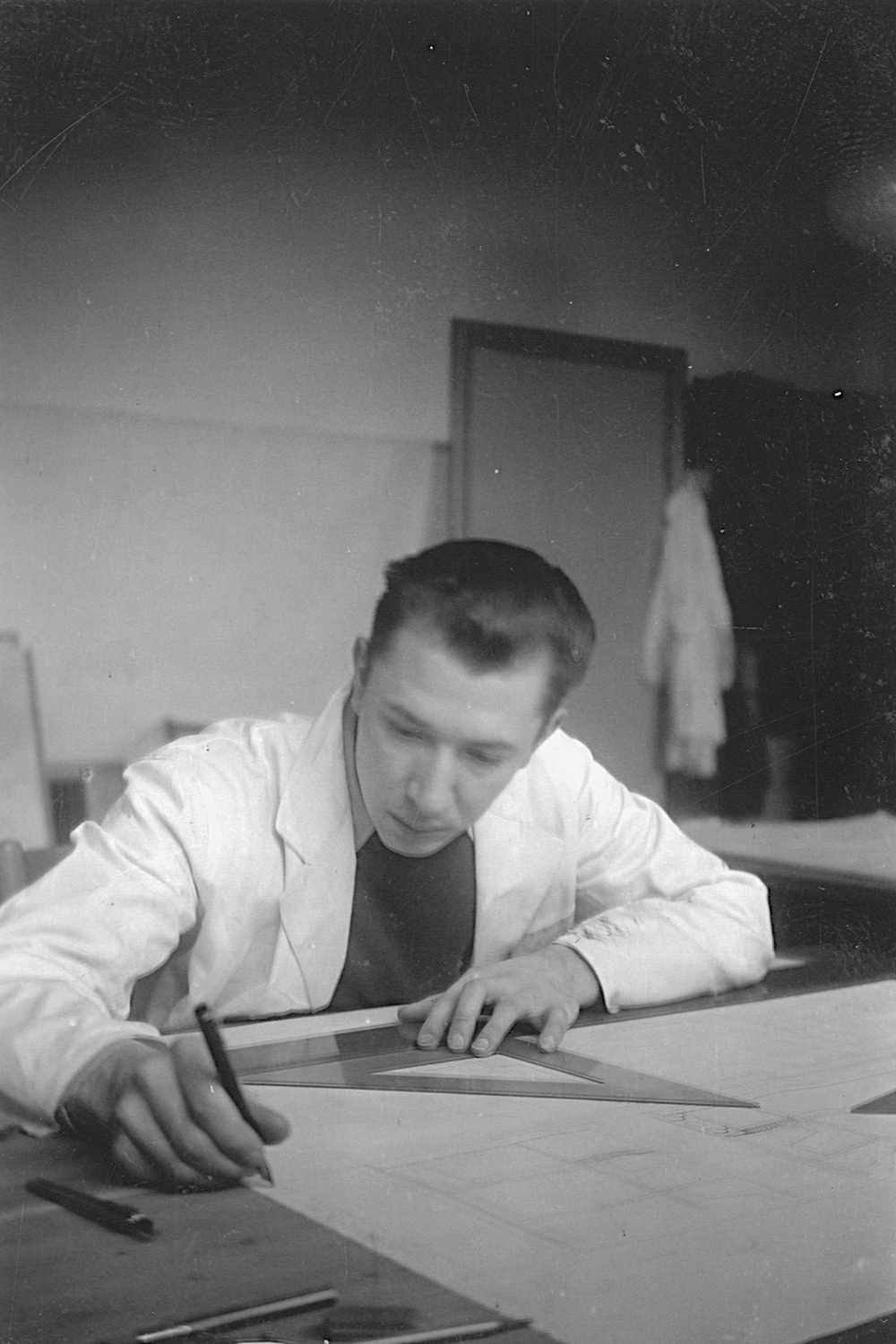
Having finished his apprenticeship at H.F. Stahlberg’s, Wegner moved to Copenhagen where he would soon enter the School of Arts and Crafts where he learned about the functionalist design philosophy founded by Kaare Klint.
The basic idea was to study carefully traditional constructions as well as the actual needs for interior solutions and then develop design with an almost scientific approuch.
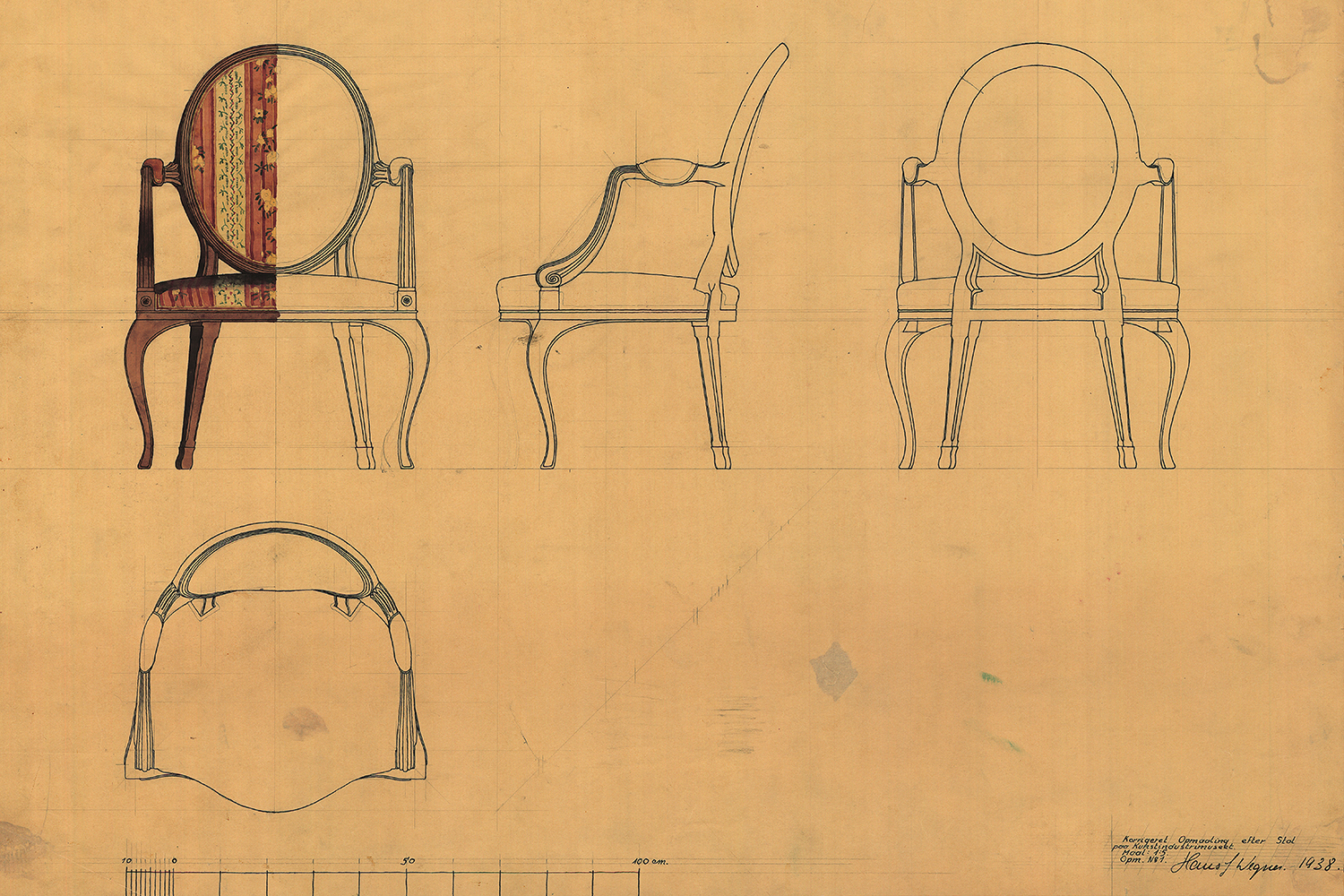
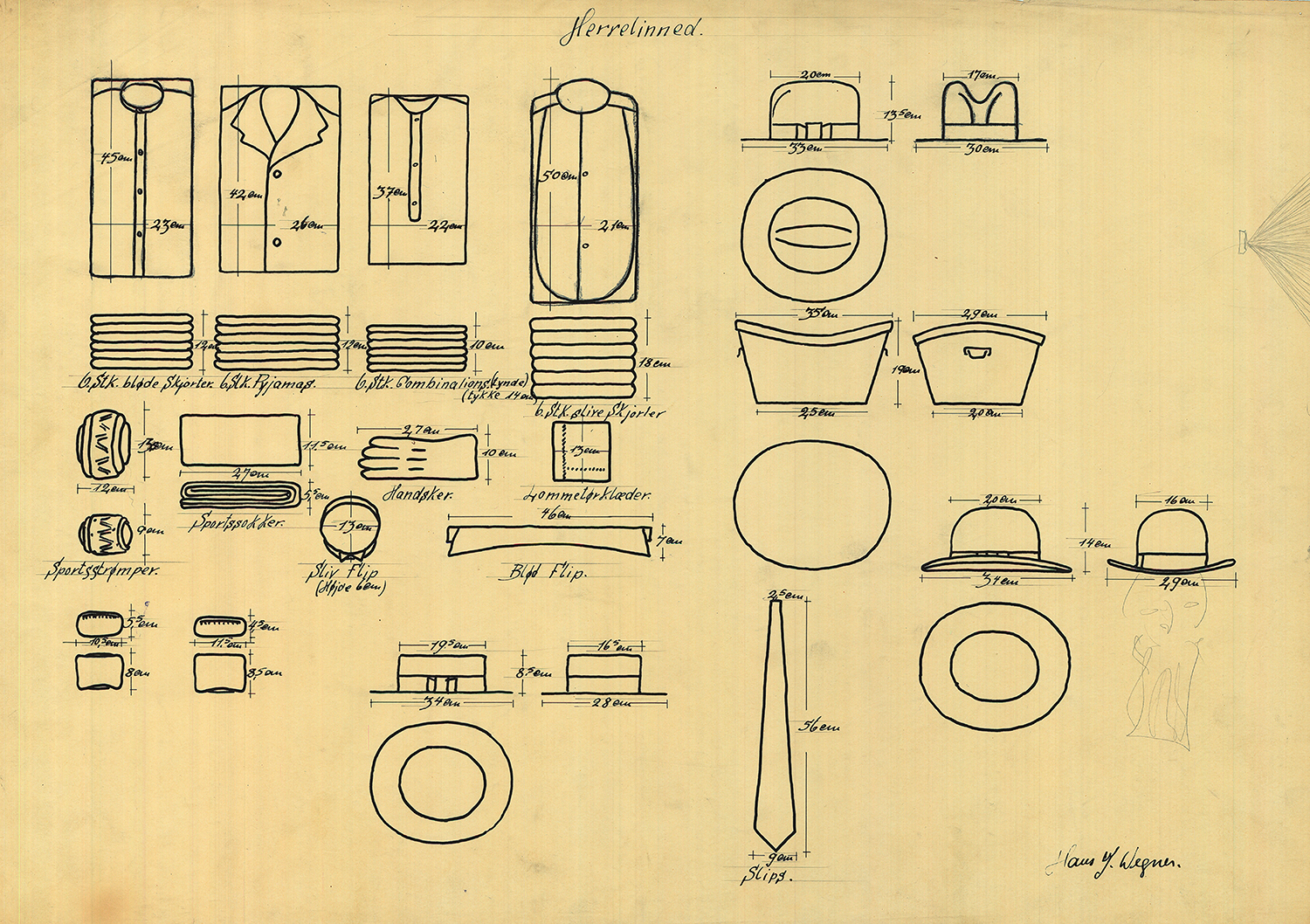
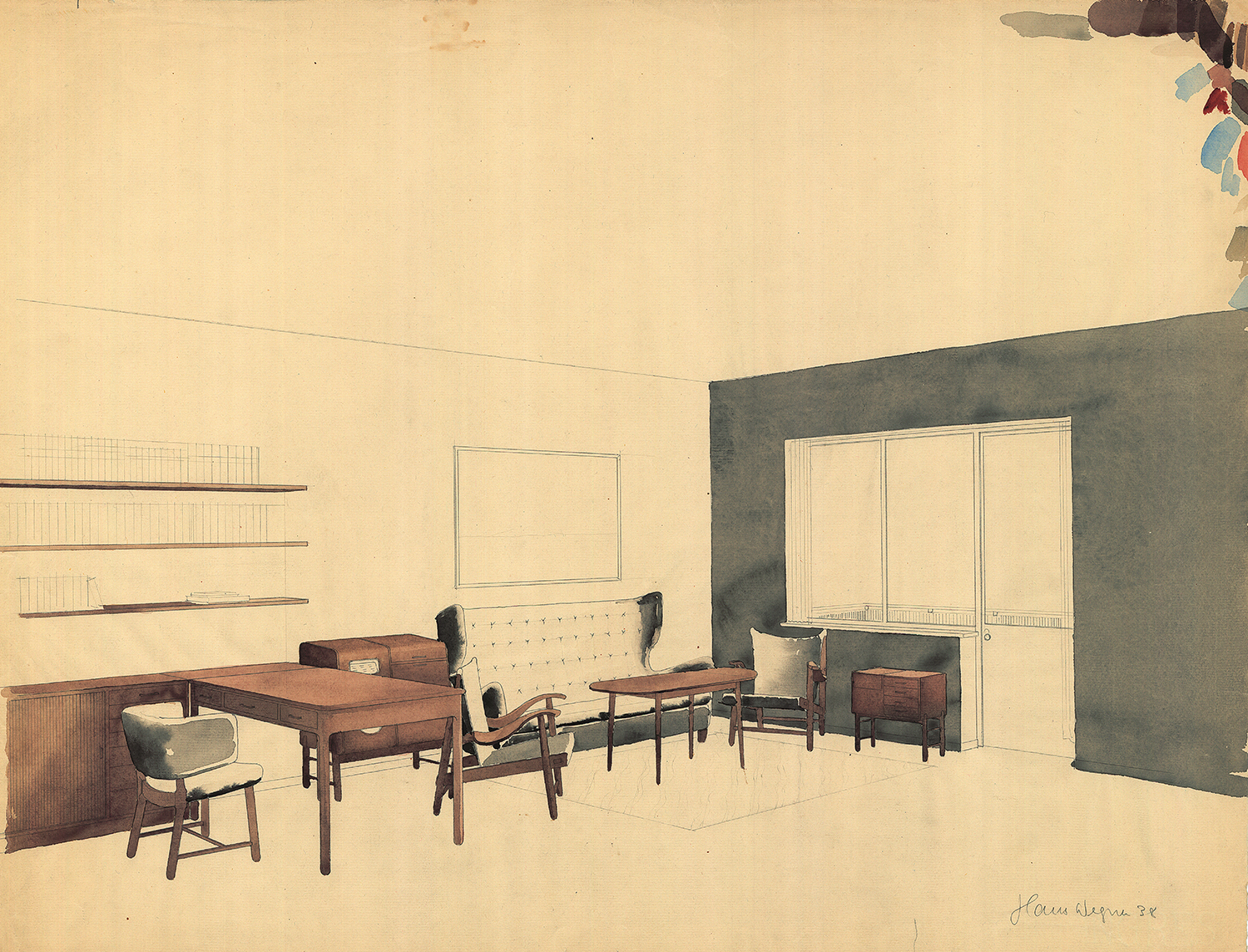
Soon Wegner would make his own design, and in 1938 he designs a complete livingroom setup for Master of Craftsmen Ove Lander with detailed drawings of each item in the interior. Only the easy chair made it to production, but for the first time Wegner understood that he had the skills to make a difference in danish furniture making.
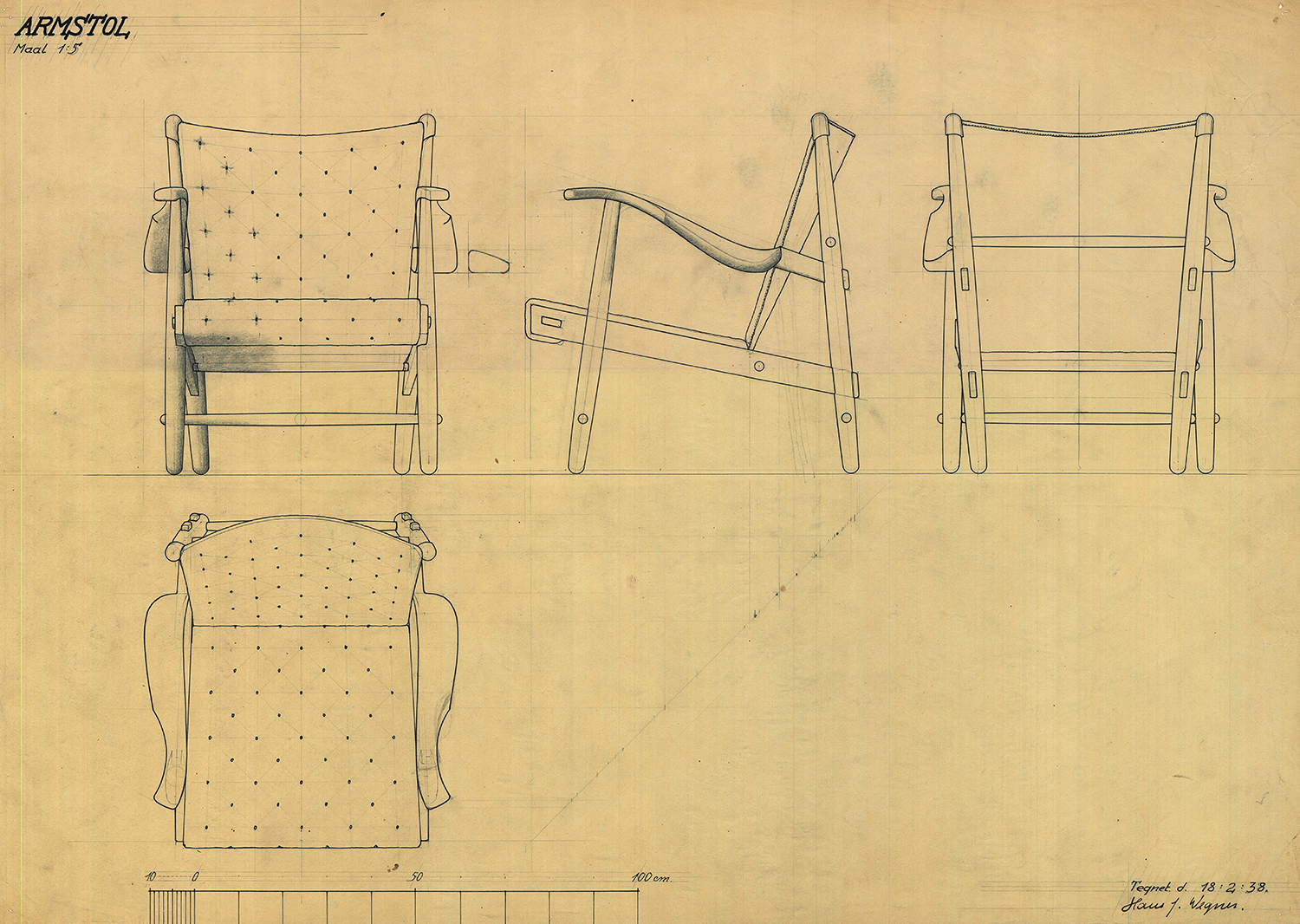

With the assignment for Århus Townhall Wegner proved himself a liable interior designer with a special talent for chairs.
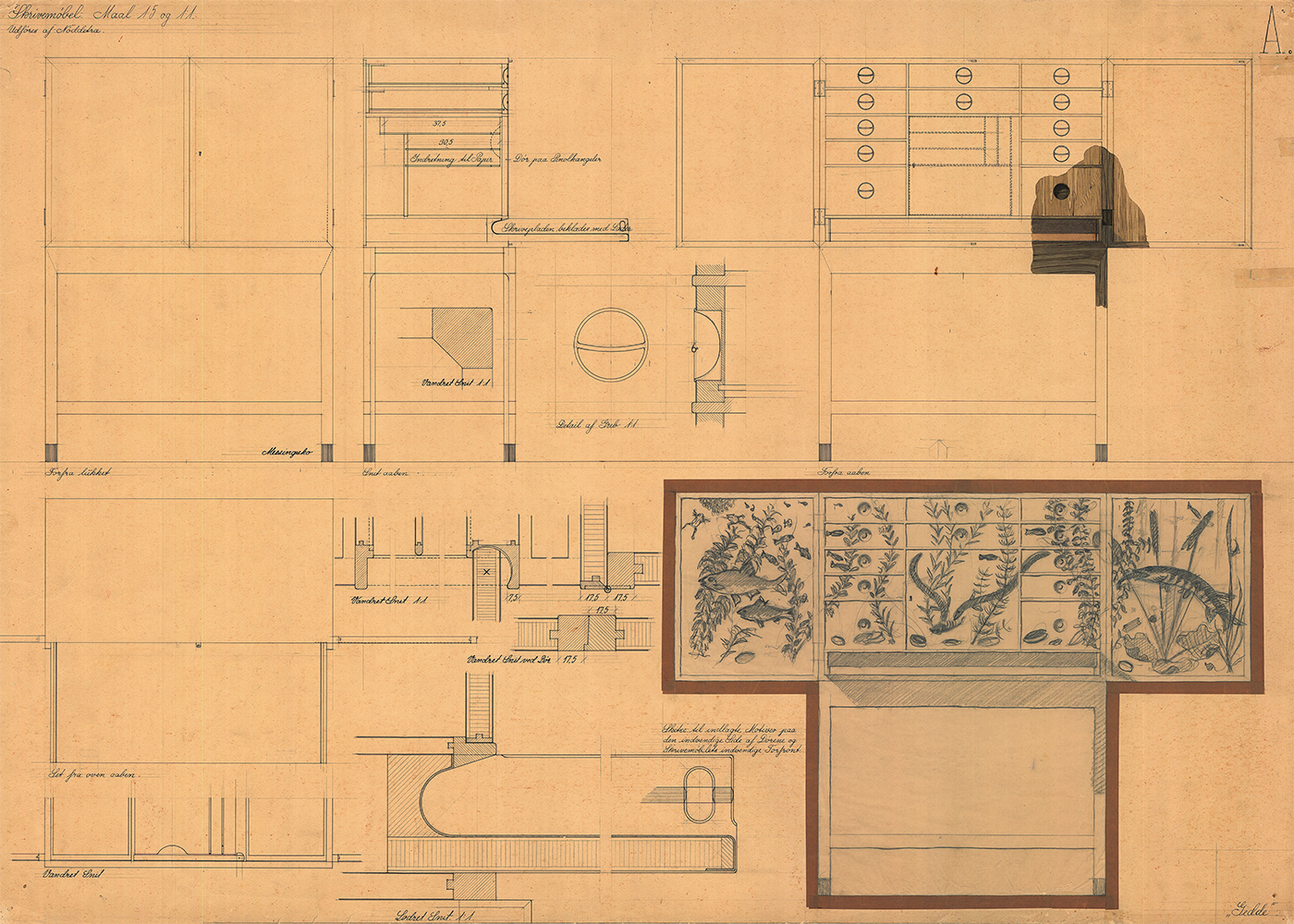
For the Cabinetmaker’s Guild’s Autumn Exhibition in 1944 Wegner designs a complete livingroom set. The most elaborate piece was a cabinet for writing. Wegner presented the drawings including a detailed layout of an intarsia work picturing the life on the bottom of a lake. The cabinetmakers accepted to make the cabinet but refused to do the intarsia work arguing it was way to complicated.

Wegner ends up doing the enormously complicated intarsia work inside the cabinet doors himself. He spends about two weeks intensely cutting about 3.000 pieces of veneer to form the sophisticated motif. Different kinds of wood were carefully selected to resemble true texture, contrast and shadow effects.
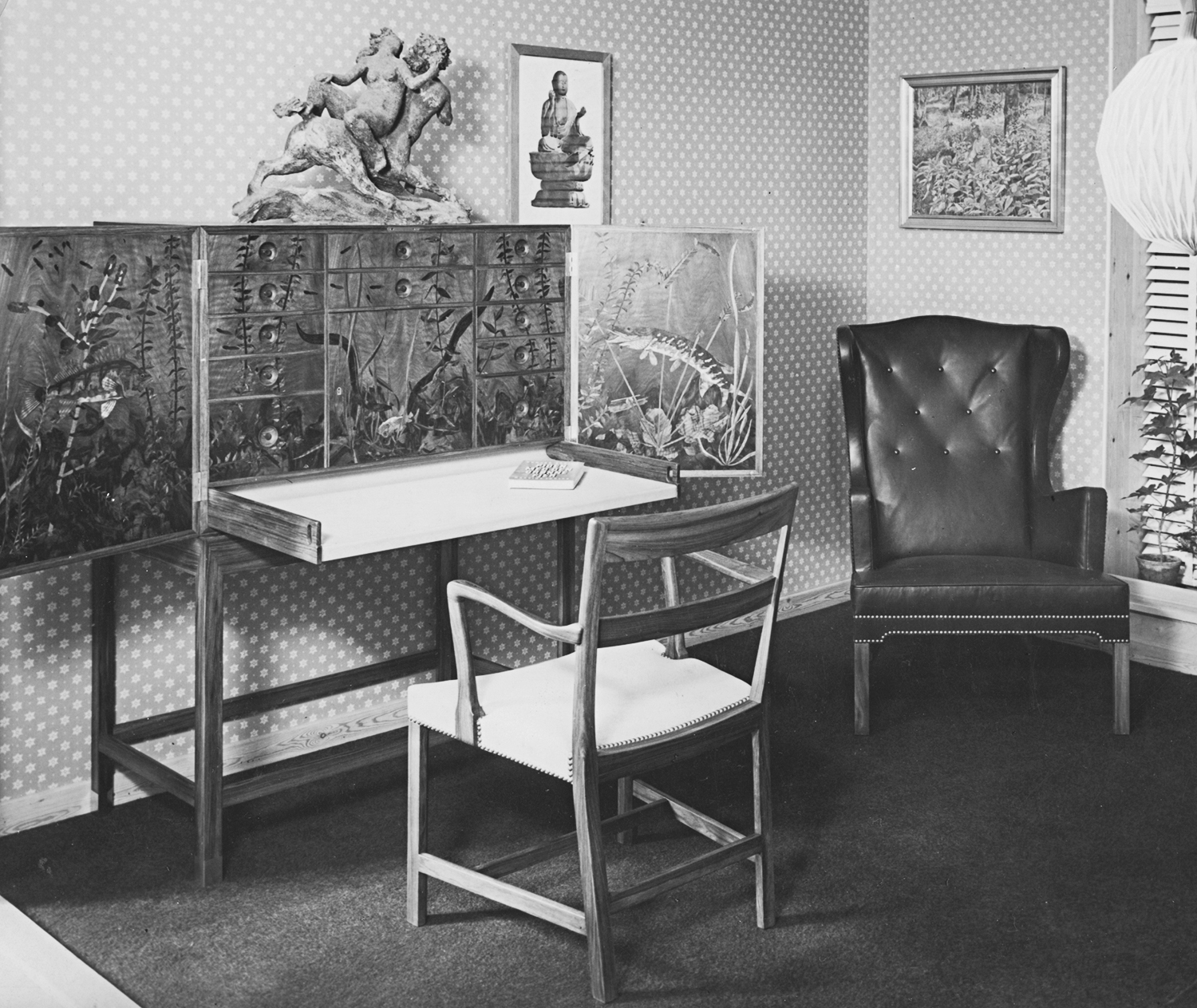
Ejnar Pedersen